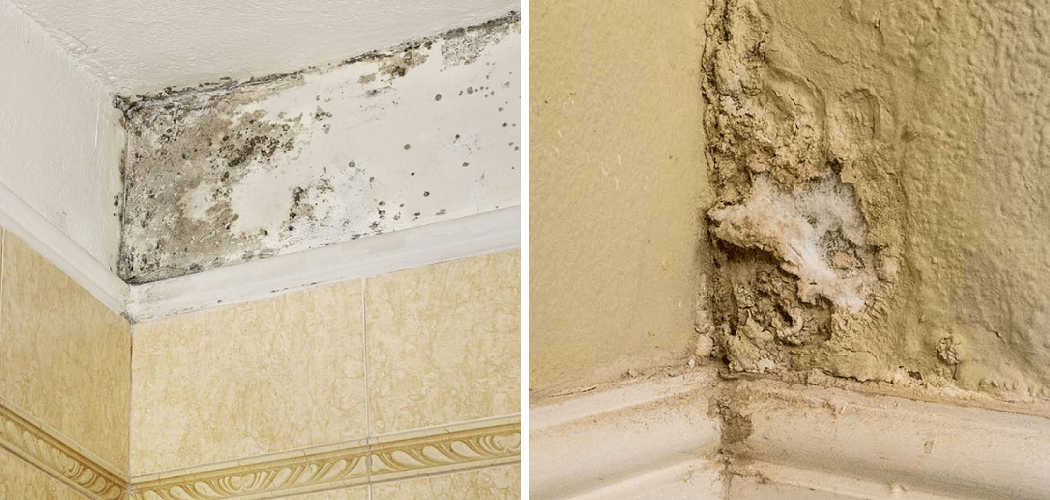When it comes to your bathroom, condensation on walls can be incredibly unsightly and build up quickly. Not only does this cause damage to the framing of your space over time, but it also results in discoloration and even mold if not addressed properly.
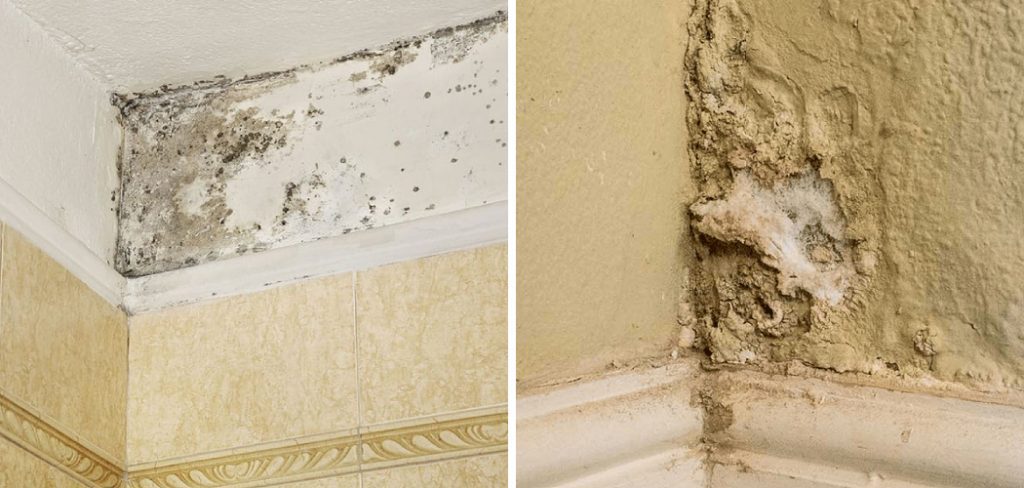
To make matters worse, you may think that dealing with this issue requires extensive repairs or a complete renovation effort; however, there are actually simple and cost-effective ways to keep condensation at bay for good!
In this blog post we’ll explore some clever tricks to how to stop condensation on bathroom walls so you can eliminate any ugly existing dampness from the area – all while turning imperfections into attractive covers or used to decorate other items around your home!
What Can Make Condensation Worse?
The primary cause of condensation on walls is the difference in temperature between the inside and outside air. This can be intensified by poor ventilation, moisture-absorbing materials such as wallpaper or insulation, and even laundry drying indoors.
Additionally, condensation can be a result of an overly wet bathroom environment, in which you are taking hot showers or baths and not allowing the steam to escape.
To make sure your efforts to stop condensation are successful, you’ll need to address any of these underlying issues first.
10 Easy Steps on How to Stop Condensation on Bathroom Walls
1. Ventilation:
If your bathroom isn’t properly ventilated, moisture will linger in the air for longer periods, making it easier for this dampness to settle into walls and other surfaces. To combat this issue, use an extractor fan that ventilates directly from within the room. You can also open windows or doors to allow a cross breeze and moisture out.
2. Reduce Humidity:
A dehumidifier can help reduce the humidity in your bathroom, removing excess moisture from the atmosphere and surrounding surfaces – including walls. Additionally, you can also opt for low-flow showers and toilets to help reduce the amount of moisture buildup in your bathroom. Don’t forget to use bathroom towels to mop up any splashes and steam from your shower after each use.
3. Insulation:
If you have any currently insulated walls, consider adding some to stop condensation on bathroom walls. This will also help keep the interior temperature of your room more consistent, as well as make it easier to maintain a comfortable climate without having to turn up the heating too much!
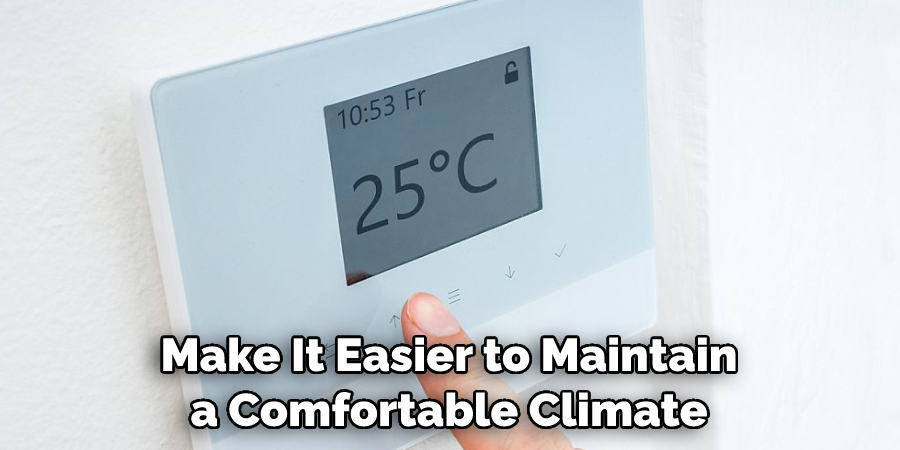
4. Heating System:
In order to reduce the difference in air temperature between the inside and outside of your home, install a reliable and efficient heating system in your bathroom. If possible, use a fan heater that can be adjusted to the desired temperature. It will help keep the atmosphere more pleasant than an electric fire or radiator.
5. Keep Windows Open:
If your bathroom has any windows, open them as much as possible to help circulate fresh air and prevent moisture from accumulating on walls. Plus, let some sunshine in – it’s a great way to dehumidify the space naturally! Be careful not to open them too wide though, as this can lead to other issues, such as increased dust and drafts.
6. Cover Walls:
Covering the walls with vinyl wallpaper or paint will help protect them from condensation build-up and make cleaning easier too! Ensure you use a waterproof sealant on the wallpaper or paint to protect them from water damage. As an extra bonus, you’ll also be able to give your bathroom a fresh new look with added protection.
7. Wipe Down Surfaces:
Wiping down surfaces after bathing is essential for preventing excess water droplets from forming on walls and other areas. Ensure you use cloths rather than sponges which can hold more moisture, and try to wipe the shower down after each use for best results. If you have a shower curtain, remember to wipe it down too!
8. Use Moisture Absorbing Materials:
Adding materials that absorb excess moisture, such as cork or wood shavings, will help prevent condensation on your walls while also being aesthetically pleasing! This is a great way to keep your walls dry, and it also makes for an interesting décor feature in the room. Never leave wet towels or clothes lying around, as this will only increase the chances of condensation being formed.
9. Change Towels Regularly:
If you’re using towels in your bathroom, make sure they are changed regularly so that dampness doesn’t become trapped between them and the wall. This will also help keep your space smelling fresh! Moreover, opt for quick-drying materials with a low absorbency rate, such as microfiber or cotton.
10. Air Dry Laundry Outdoors:
Instead of hanging wet clothes up inside the bathroom, dry them outside your home or in another room that is well-ventilated. This will help to keep the humidity levels at a minimum, preventing condensation on walls. Remember to close your windows and doors, too, so that no moisture from outside enters the room.
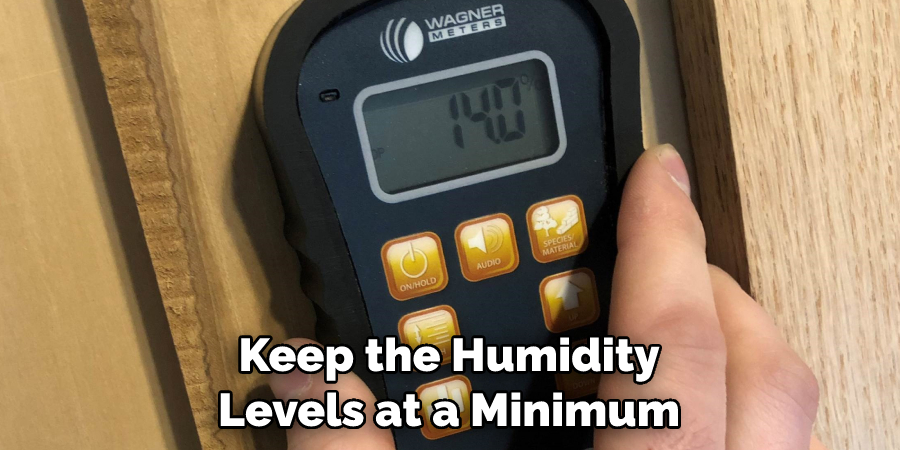
By following these tips, you’ll be able to stop condensation on bathroom walls in no time – and enjoy a fresher, drier space! Good luck, and happy drying!
5 Additional Tips and Tricks
1. Install a Bathroom Fan: Bathroom fans help to exhaust moist air from the bathroom, reducing condensation on walls and ceilings.
2. Use a Dehumidifier in Your Bathroom: A dehumidifier will remove moisture from the air in your bathroom, reducing condensation build up.
3. Increase Ventilation: Make sure that any vents or grills are clean and unblocked to ensure good airflow.
4. Seal Any Gaps: Caulk around windows and doors which can let cold outside air inside and create cold spots where condensation can form.
5. Insulate Your Bathroom Well: Proper insulation can help keep warm air inside the bathroom instead of letting it escape into colder areas where condensation may form. This can help protect walls and ceilings from condensation.
By following these tips, you can help to stop condensation on bathroom walls and keep your bathroom looking clean and dry. With the right measures, you can make sure that condensation doesn’t become a problem in your home.
5 Things You Should Avoid
1. Don’t Dry Clothes in Your Bathroom: Avoid hanging wet clothes or towels up in the bathroom, as this will only add to the humidity levels and create a perfect breeding ground for condensation.
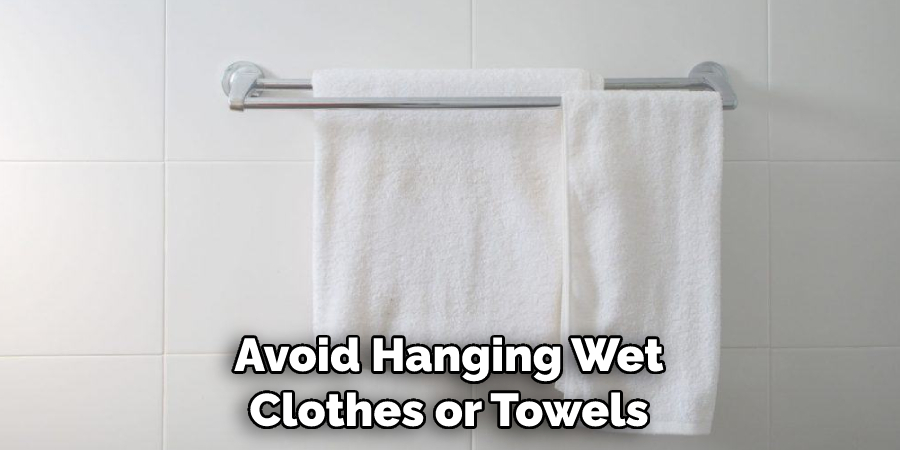
2. Don’t Block Vents or Grills: Make sure that any grilles or vents are kept clear and not blocked with furniture, curtains, or other objects – this can inhibit the airflow, which is essential for reducing condensation build-up.
3. Don’t Keep Windows Open When Not In Use: Leaving windows open when you’re not using your bathroom can allow cold air to enter, creating areas of low temperature where condensation may form.
4. Don’t Leave Wet Sponges Lying Around: Avoid using sponges to wipe down surfaces, as they can hold more moisture and contribute to condensation. Instead, opt for clothes that will absorb the excess water better.
5. Don’t Use Steam Generating Devices in The Bathroom: Steaming showers and baths create a lot of humidity in the room, so avoid using these unless you have good ventilation in place.
By avoiding these activities, you can make sure that condensation does not become an issue in your bathroom. With the right measures and careful consideration of what could be causing condensation build-up, you should be able to keep your bathroom dry and free from dampness.
Can Painting Help To Stop Condensation?
Painting your bathroom’s walls and ceilings can help reduce condensation, especially if you’re using paint with a high sheen or gloss finish. This type of paint is more reflective and helps to keep the room warmer by trapping heat from natural light sources. However, it’s important to remember that painting won’t solve all your condensation problems, so follow the above tips for the best results.
Additionally, painting is only a temporary solution and should be done in conjunction with other methods. For instance, it will help reduce condensation, but you’ll still need to provide adequate ventilation and maintain good humidity levels. If the problem persists, it may be time to consider getting some professional advice from your local building contractor or home improvement store.
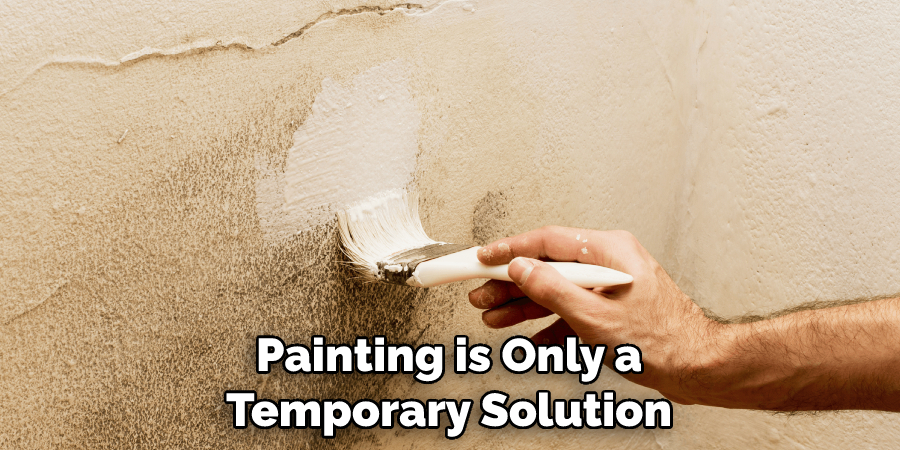
The best way to tackle condensation in the bathroom is by following all the steps outlined above and ensuring that your bathroom has adequate ventilation.
Conclusion
In conclusion, condensation on bathroom walls can be a serious issue if it is not dealt with quickly and in the right way. Finding out the cause of the issue and tackling it with the appropriate solution is key. In many cases, improving ventilation with an exhaust fan or cracking a window may be sufficient to solve the problem.
Dehumidifiers can also be used in instances where there is higher levels of moisture in your bathroom. Whatever route you take, it is important to keep an eye out for condensation build-up on your bathroom walls to ensure a happy and healthy space!
Hopefully, the article on how to stop condensation on bathroom walls was helpful in understanding the causes and finding solutions. With the right measures and maintenance, you can make sure that your bathroom remains free from dampness and condensation build-up. Good luck!

